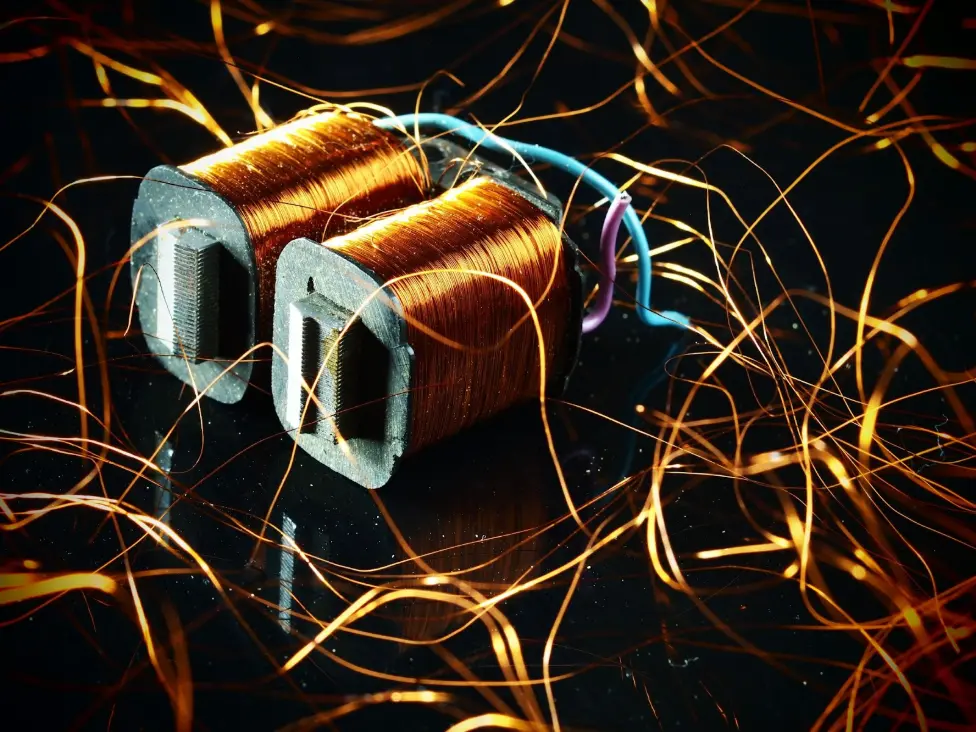Potentially, everyone comes across metal every day. The Royal Society of Chemistry generated the periodic table that contains 94 metals. Each of these metals is unique and has its applications.
Experts have classified metals in many ways, but the most popular classification revolves around iron content. Metals containing iron are ferrous and those that don’t are non ferrous.
Beyond the definition, the choice of either category comes with many elements, from strength to magnetism. The fact that ferrous metals are magnetic and non ferrous metals non magnetic means that some applications will be absolute about the suitable metal.
This article will differentiate between the two categories, looking at the list of metals, applications, and other elements.
Understanding ferrous metals
All types of ferrous metals contain a significant proportion of iron. The most popular ferrous metal is steel, which is prominent in bridges, household items, and railways, among other areas. The proportion of ferrous metals in the market is large, estimated at 90% of the refined metals.
In addition to iron, these metals contain elements such as chromium, manganese, and nickel to form popular alloys. Some of these alloys are superstrong, such as stainless steel.
The manufacturing processes of ferrous metals have significantly developed over the years. Today, no product is too small or large to be manufactured using ferrous metals. The contribution of these metals to nanotechnology is a testament to the heights technology has attained.
List of ferrous metals
Steel and iron may be the leading ferrous metals, but there are more. The leading ferrous materials include the following:
Iron
Carbon Steel
Stainless steel contains iron and carbon at between 0.05% and 2.1%. This ferrous material is strong and relatively affordable, a reason it is common in the automotive and construction industries.
Alloy steel
Alloy steel refers to a group of ferrous metals that contain chromium, manganese, nickel, and other elements. These steels are useful when an application or project requires a specific property like corrosion resistance or strength. Aerospace and automotive are notable industries that use alloy steels extensively.
Cast iron

This alloy contains iron and carbon, with other elements such as phosphorus and silicon also present in smaller quantities. Hard but brittle, cast iron has admirable wear resistance. Other properties of cast iron are affordability, castability, and compressive strength.
Wrought iron
The fourth material on this list of ferrous metals is wrought iron, a low-carbon-containing iron alloy. With a carbon content of 0.1%, this ferrous metal is ductile. It is renowned for its quality gates and ornaments.
Stainless Steel
Stainless steel is a versatile, corrosion-resistant, and strong alloy of chromium and iron. Sometimes, the material contains nickel. It has high chromium content (10 to 30%), thus highly corrosion-resistant.
Depending on the microstructure, stainless steel can be austenitic, ferritic, martensitic, or duplex. For its attractive properties, stainless steel fits in the automotive, oil & gas, railway, and construction industries, among other applications of ferrous metals. Providers of CNC machining services have a high regard for this ferrous material.
A look at non-ferrous metals
Unlike the types of ferrous metals discussed above, non ferrous metals contain negligible or no iron. All pure metals belong to this category, save for iron. These metals have good properties such as corrosion resistance, high conductivity, and low weight.
These metals have varied applications across industries. Some are widely used in alloy production and others are popular in industrial applications. Since most of these metals have low melting points, they are unsuitable for high-temperature applications.
Examples of non ferrous metals are copper, aluminum, zinc, and tin.
The manufacturing process of non ferrous metals typically entails extraction from carbonates and silicates followed by an electrolysis process for refinement.
Types of non-ferrous metals
Since this category comprises all metals without iron, the list of constituent metals is long. Common non ferrous materials include the following:
Aluminum
Aluminum is a lightweight metal that is one of the easiest to machine. It may be comparatively expensive, but many manufacturers still use it to manufacture a broad range of alloys.
The metal is corrosion-resistant and conducts heat and electricity perfectly. It has unmatched malleability and ductility. However, cold working hardens aluminum, meaning that annealing is often part of manufacturing the material.
Copper
People have used copper for centuries, but the metal is still very popular. To make the metal even more usable, manufacturers have developed alloys using components such as zinc and tin. There is also a long list of copper alloys.

Like aluminum, copper is a good thermal and electrical conductor. The material also has excellent ductility and corrosion resistance. With these properties, it is understandable why the material is applicable to roofing materials, electrical conductors, heat exchangers, and plumbing components.
Zinc
Zinc is also centuries old, having been a critical alloy of brass. The metal is processed through electrolysis and smelting. Both processes aim at removing sulfur. This recyclable metal is non-toxic and corrosion-resistant.
The metal forms a protective zinc oxide layer on its surface, thus enhancing its corrosion resistance. There are different forms of zinc including zinc alloys and galvanized zinc metal.
There are more types of non-ferrous metals, but these are the most common.
Main differences between ferrous vs non ferrous metals
Magnetic characteristics
This is the main area of difference between ferrous vs non ferrous metals. The majority of ferrous materials are magnetic but non ferrous metals are not. That's why there is a notable difference in the areas where these two metal categories are applied.
For instance, electrical and motorized appliances are usually made from ferrous metals because of their magnetic properties. However, there are areas where only non-ferrous metals with their non-magnetism can work. An example is electrical transmission, where metals such as aluminum and copper dominate.
Resistance against elements

Ferrous and non ferrous materials react differently to things like corrosion and rust, so it is expected that the uses of non-ferrous metals and ferrous metals would equally differ. Project executors have to keep these resistance capabilities in mind, especially when the projects are for outdoors. That's where the elements thrive.
What is the best metal for a bench on the lawn? Generally, non ferrous metals perform better than ferrous metals in such applications. Without iron content, these metals fight off rust easily. Roofs and gutters are made from these metals primarily for this reason.
There is often an exception for every rule. That is the case for ferrous vs non ferrous metals and corrosion resistance. While iron tends to trigger corrosion, two ferrous metals have impressive corrosion resistance: Wrought iron and stainless steel.
Strength
Another distinguishing property between ferrous vs non ferrous metals is that ferrous metals are generally stronger. Steel is among the most tensile-strong metals on earth. Tensile strength refers to the capability of a material to absorb force and resist deformation and breaking.
While titanium and several other non ferrous metals are also strong, not many non ferrous metals can overcome force like iron alloys.
Strength is one of the biggest factors why applications of Ferrous Metals and non ferrous materials differ.
In conclusion
Ferrous and non ferrous metals are thousands of years old. The metal categories have different characteristics and numerous applications. However, choosing between ferrous vs non ferrous metals is not always easy in every project.
It is therefore important to understand the specific properties of each metal category and how they contribute to the suitability for projects.
As you think about non-ferrous metals and ferrous metals for your next project, you may require an experienced partner. Prolean Tech is a renowned company in China and beyond.